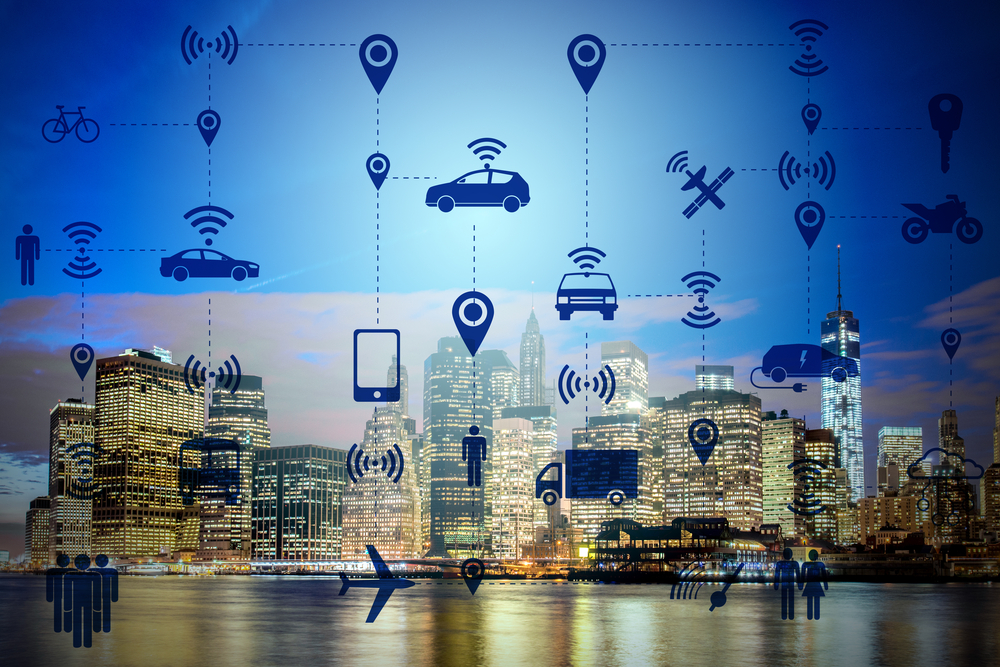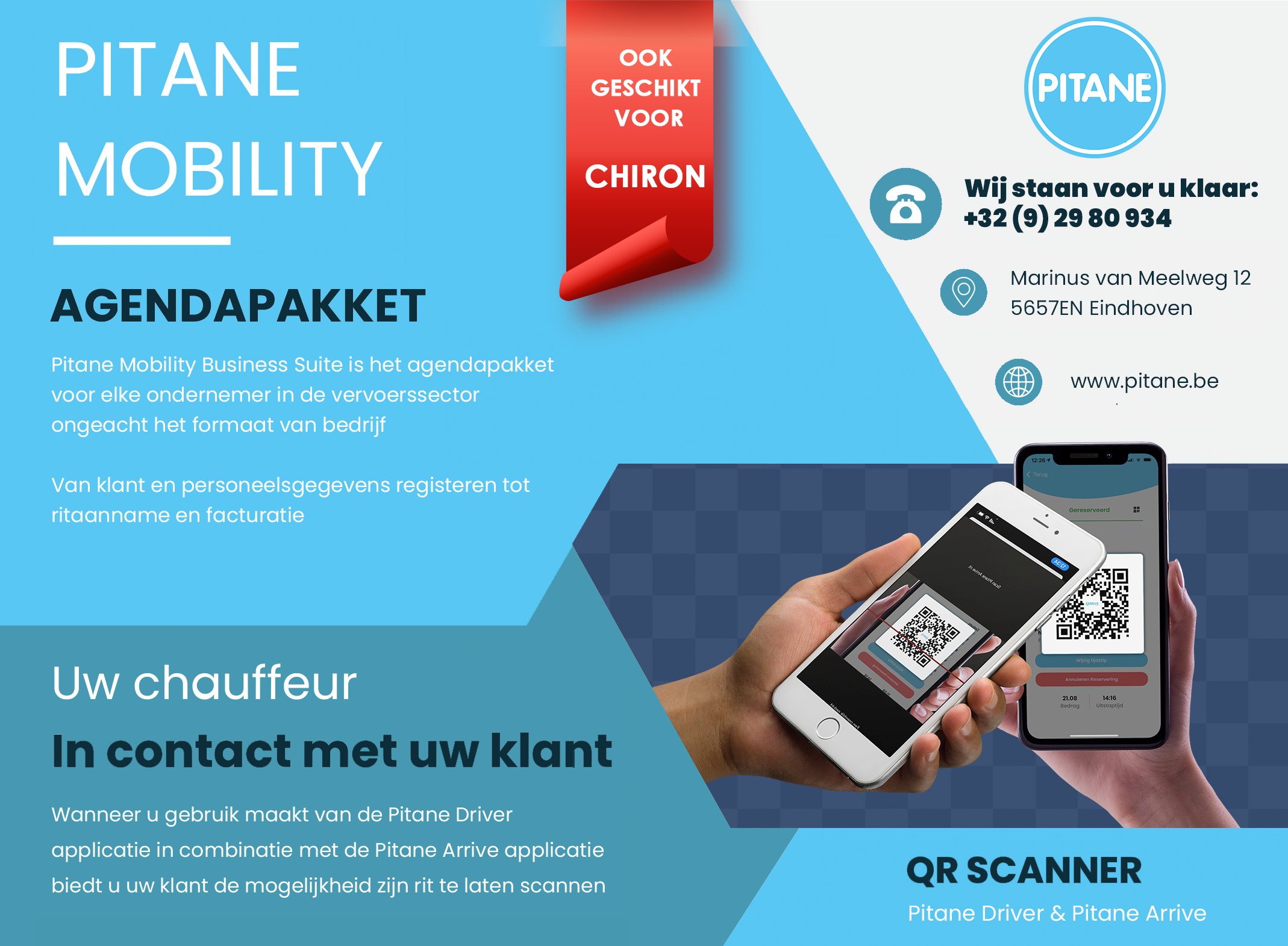The road to a successful implementation of MaaS is still long and full of challenges, but the foundations are there.
Mobility as a Service (MaaS) is a term that was seen a few years ago as a promising revolution within the transport sector. In the Netherlands there was a lot of talk about it, there were countless discussion groups and many companies ventured into pilots and experiments. MaaS was expected to provide an integrated, efficient and sustainable solution to the transportation needs of both urban and rural areas. But has this promise been fulfilled?
Ideally, a MaaS platform would offer the possibility to access all forms of transport with one app: public transport, shared bicycles, rental cars, taxis, and so on. The platform should be flexible and allow travelers to seamlessly switch from one mode of transport to another. Especially in rural areas, where public transport is often limited, MaaS could lead to an increase in the use of shared mobility and public transport.
primary choices
In the Netherlands, the reality is unfortunately different. There are many apps and initiatives, but they often focus on specific transport solutions instead of offering an integrated approach. For example, the NS app and the 9292 journey planner are still the primary choices for many travelers, and the range of standalone apps for shared bicycles and rental cars has only added to the confusion. This also applies to the MaaS pilot in Groningen and Drenthe, which made good progress, but was limited in scope and technical implementation.
As we take a closer look at MaaS initiatives in the Netherlands, it is becoming increasingly clear that there are several obstacles standing in the way of MaaS success. These obstacles range from technological limitations to regulatory challenges and public perception.
The MaaS pilot in Groningen and Drenthe had specific challenges. The rural area has a low population density and high car dependence. There was hope that MaaS could help make the hub taxi and public transport more visible. Unfortunately, this turned out to be more difficult than expected, with technical issues and delays resulting in an incomplete implementation.

If we take a critical look at the progress of MaaS in the Netherlands, it is clear that there is still a lot of work to be done. Despite some positive steps, such as the realization of the value of integration and the development of regional apps such as Glimble, the picture is mainly one of fragmentation and unfulfilled promises. Time will tell if MaaS will be able to understand the complexity of Dutch mobility issues and meet the high expectations that were initially set.
complex enterprise
Apps like Smile have shown that developing a technology platform that integrates all modes of transport is a complex undertaking. It calls for interoperability between different databases, security protocols and user interfaces. Accessibility features should also be considered, such as voice control for people who can't operate the app with their hands.
The integration of Wmo transport and hub taxis in MaaS platforms is encountering legal and policy barriers. In order for public transport journeys to fall within the Wmo budget, new indications and policy changes are required. This is a lengthy process that can take years, but is crucial for the success of MaaS, especially in rural areas such as Groningen and Drenthe.
Another major obstacle is public perception. Many people still don't know what to use from the abundance of apps and services. There is a need for information and perhaps also a kind of quality mark that can guarantee the usability and reliability of various MaaS solutions.
The road to a successful implementation of MaaS is still long and full of challenges, but the foundations are there. What is needed is a coordinated effort by government, transportation companies and technology partners to turn the promise of MaaS into a reality that works for everyone. The alternative – a continued fragmentation of services and a failure to meet important social and environmental goals – is simply not an option.



